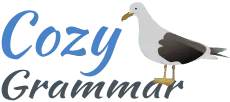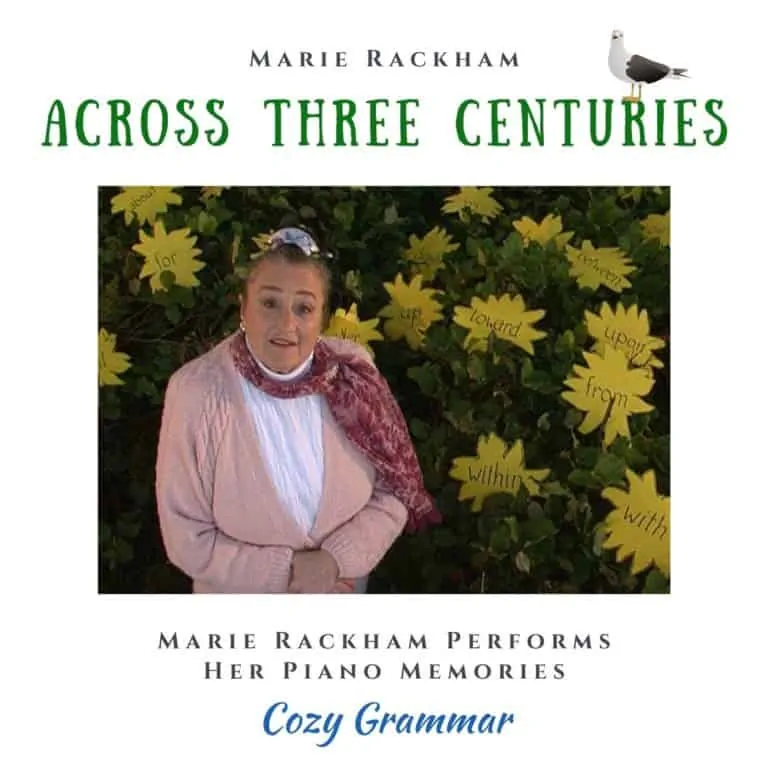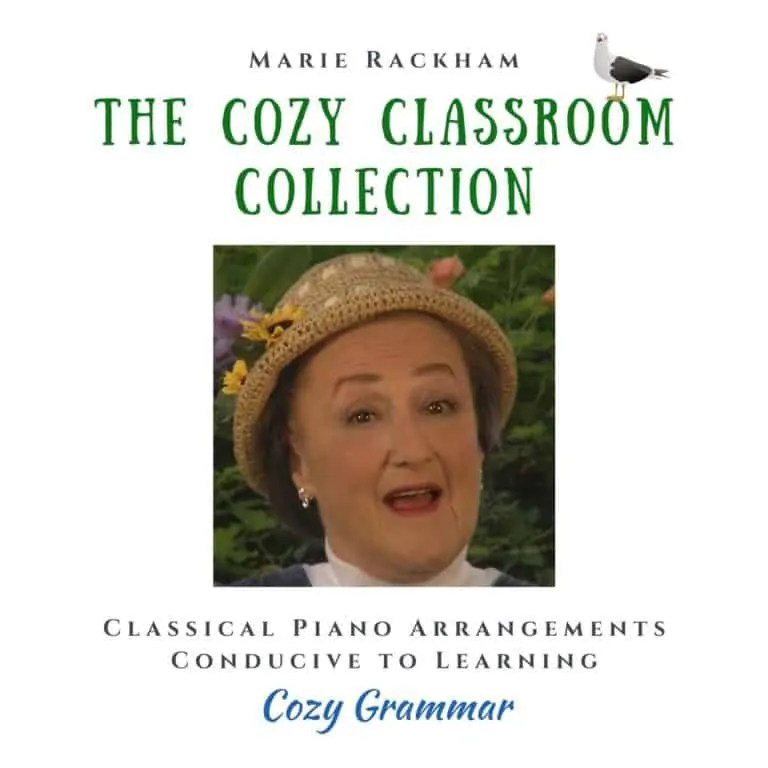A Surefire Way to Remember the Difference Forever

One of the most common and confusing issues in English grammar is the difference between lay, lie, and laid. People can usually remember that there IS a difference, but most have trouble remembering what the difference is.
Instead, they end up remembering simply that lay, lie, and laid are confusing. No wonder people associate grammar with confusion!
But there is in fact an easy and surefire way to remember the difference between lay, lie, and laid for good, one that I'm particularly fond of.
So when Florence R. in Edmonton, Alberta, wrote to us about these commonly confused words, we enlisted the friendly chickens on Plum Forest Farm and made an Ask Cozy Grammar video explaining the difference as memorably and as clearly as we could.
As you can see, the confusion between lay, lie, and laid can be cleared up with a single, simple question: Would a chicken do it to an egg?
If the answer is yes, we're talking about the transitive verb lay, which in the past tense becomes laid.
Here's the present tense example from the video:
The chickens lay their eggs in the henhouse.
And here's the past tense example from the video:
The chickens laid 12 eggs this morning.
In both cases the chickens are doing something to something else, namely, the eggs.WHAT are they laying? Eggs! Therefore we have a transitive verb.
If the answer to our question is no, on the other hand, we're talking about the intransitive verb lie, which in the past tense becomes lay.
Here's the present tense example from the video:
I lie beneath the tree.
And here's the past tense example from the video:
After visiting the chickens, I lay beneath the tree.
Here, since we can't even ask the question WHAT, we know we have an intransitive verb.
We can thus summarize the difference between these commonly confused words like this:
Chickens and eggs? Lay and laid.
No chickens or eggs? Lie and lay.
Lay, Lie, and Laid & the Question WHAT?
The trick of asking WHAT after a verb to determine whether that verb is transitive or intransitive is one of Marie's many gems in the Basic Cozy Grammar Course.
I know of no faster or easier way to determine if a verb is transitive or intransitive.
The trick works for lay, lie, and laid, and it works for every other transitive and intransitive verb in the English language.
So for this month's second free excerpt, we wanted to share Marie's quick but powerful tip.
Ergative Verbs—Verbs that Work Both Ways!
As you may have noticed, some verbs can be transitive in one sentence but intransitive in another.
In Marie's first example, for instance, the verb lap is transitive:
The waves lap the beach.
The waves lap WHAT? The waves lap the beach. Therefore lap, in this sentence, is a transitive verb.
In Marie's second example, however, the verb lap is intransitive:
The waves lap playfully.
Here we can't ask WHAT. We can, however, ask HOW. Therefore lap, in this sentence, is an intransitive verb.
Verbs that can be both transitive and intransitive are called ergative or ambitransitive verbs.
Learning as Playing and Music to Play
The verb play is also an ergative verb.
Here's an example where play is intransitive:
The students play joyfully and learn.
And here is an example where play is transitive:
Marie plays music to help her students learn.
You're now in a position to see for yourself why play is intransitive in the first sentence and transitive in the second sentence.And perhaps you can also see how these sentences exemplify Cozy Grammar's approach to learning.
As Marie believed, and as I believe, we learn best in an atmosphere of joyful exploration and play.
Furthermore, in such an atmosphere, music can help calm our minds and enliven our thoughts.
That's why for all of our courses Marie recorded a soundtrack of classical music specially chosen for its capacity to help us learn.
We're thus delighted to announce that Marie's second album Across Three Centuries is now available for download.
Across Three Centuries
Across Three Centuries spans three centuries of classical piano music, from Bach to Marie's own variations on "Twinkle, Twinkle Little Star." It takes us on a journey through Marie's piano memories.
We'll be releasing a new album from Marie every month for the next eight months, so be sure to stay subscribed for the latest news.
The Cozy Classroom Collection
In December we were delighted to release Marie's first album, The Cozy Classroom Collection.
As Ann Ketcheson writes in her review, "This is a lovely recording of piano arrangements which serves as an excellent introduction for young people to classical music and hopefully enhances their learning as they listen and enjoy!"
Thank You!
Thank you for joining us this month, and don't hesitate to get in touch if you have any questions.
You can reply directly to this newsletter and we'll answer your questions as quickly as we can.
Did you notice, by the way, that answer is a transitive verb?
I bet you did!
I hope this finds you and your family happy, healthy, and above all, playful!
All of us at Cozy Grammar wish you the very best for the New Year.



